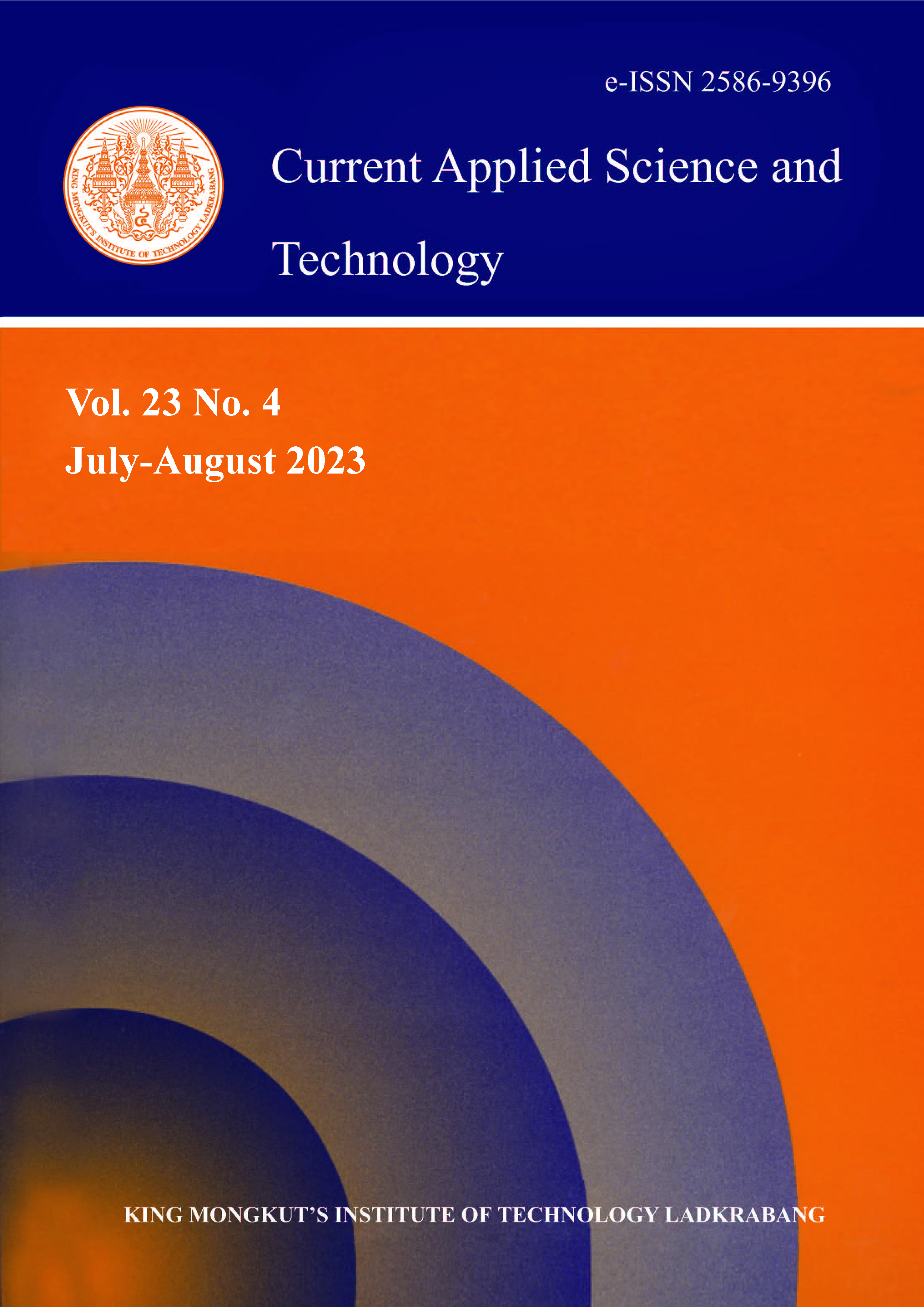Because of the low tensile properties and high hydrophilicity of thermoplastic starch (TPS), this research was focused on improving its characteristics through the addition of the natural cellulose fiber, hydroxypropyl methylcellulose (HPMC). Different TPS composites reinforced with HPMC fibers were compounded using an internal mixer and were shaped using a compression molding machine. The effects of HPMC fiber content and aspect ratios were examined. It was found from infrared spectra that the wavenumbers of the O-H stretching of TPS polymer clearly shifted to lower wavenumber with the incorporation of HPMC fibers, which indicated new hydrogen bond formation. Moreover, a significant increase of maximum stress and elastic modulus of TPS/ HPMC fiber composites was detected. A clear drop in moisture uptake was also found when HPMC fibers were added into the TPS polymer matrix. In addition, scanning electron microscopy and thermogravimetric analysis were used to characterize several TPS composites. Biodegradability for various composites was also determined.
Keywords: biodegradable polymer; composite; fiber; thermoplastic starch
*Corresponding author: Tel.: (+66) 2329 8400 ext. 228
E-mail: jutarat.si@kmitl.ac.th
Pitpisutkul, V. ., Jamjumras, T. ., Sawasdee, K. ., & Prachayawarakorn*, J. undefined. . (2022). Effects of Hydroxypropyl Methylcellulose Fiber Amounts and Aspect Ratios on Properties of Biodegradable Composites Prepared from Thermoplastic Starch. CURRENT APPLIED SCIENCE AND TECHNOLOGY, DOI: 10.55003/cast.2022.04.23.003 (11pages). https://doi.org/10.55003/cast.2022.04.23.003


https://cast.kmitl.ac.th/doi/10.55003/cast.2022.04.23.003